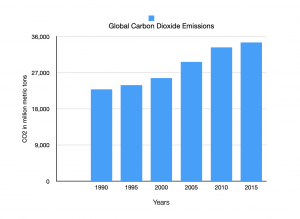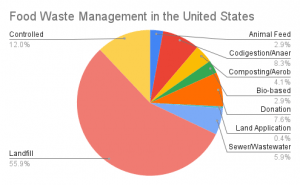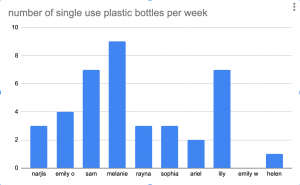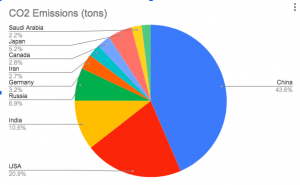When it comes to the fishing industry there are a lot of issues of sustainability. Whether it is in the catch size, techniques used, areas fished in, or bycatch. Bycatch is the accidental catching of the not target species. In most cases, these marine life forms are often killed before they can be released back into the ocean. Bycatch poses another major issue within the already difficult overfishing problem.

This graph is based on data from the FOA regarding catch sizes between the years 1950 and 2018. This graph shows the growth trend of the fishing industry and as more sustainable attitudes developed a slower decrease in catch size in the more recent years. The lowest catch was in 1950 with about 250,000, the highest being in 2002 with catch sizes around 850,000. The size eventually drops down to about 680,000 in 2018. Based on this larger drop in 2018 and information from the NOAA and FOA this number aims to be lowered even more. Protecting marine populations will increase the likelihood that these populations can survive and repopulate in order to sustain future generations.











